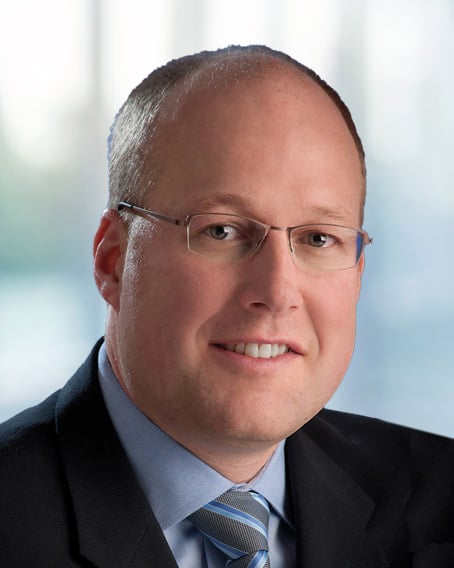Continuation funds have gained a foothold as a tool for private equity general partners to release their investors from commitments if they’re interested in moving on, or it can provide more exposure to familiar assets for those that want to stay.
Asset management partner Peter Laybourn told Middle Market Growth that, “the use of continuation funds has dramatically increased in the last few years, though they have been around for about a decade.”
“In particular, lots of the sponsors we have been speaking to over the years have expressed a real desire in holding a specific asset for a longer period of time, controlling an asset because they think it will continue to perform well. You may have other sponsors willing to take over the asset, but there’s a lot of appeal to having the sponsor that knows the asset, that has generated attractive returns, manage the asset,” Peter said.
“For the secondary fund making the investment in the continuation vehicle, they know which asset they’re acquiring. The potential for better economics is there and management fees are usually lower than you’d see in a blind pool private equity fund, so there’s some economic incentive to do these direct deals versus direct deals with a blind pool.”
Attorneys
Stay Up To Date with Ropes & Gray
Ropes & Gray attorneys provide timely analysis on legal developments, court decisions and changes in legislation and regulations.
Stay in the loop with all things Ropes & Gray, and find out more about our people, culture, initiatives and everything that’s happening.
We regularly notify our clients and contacts of significant legal developments, news, webinars and teleconferences that affect their industries.

